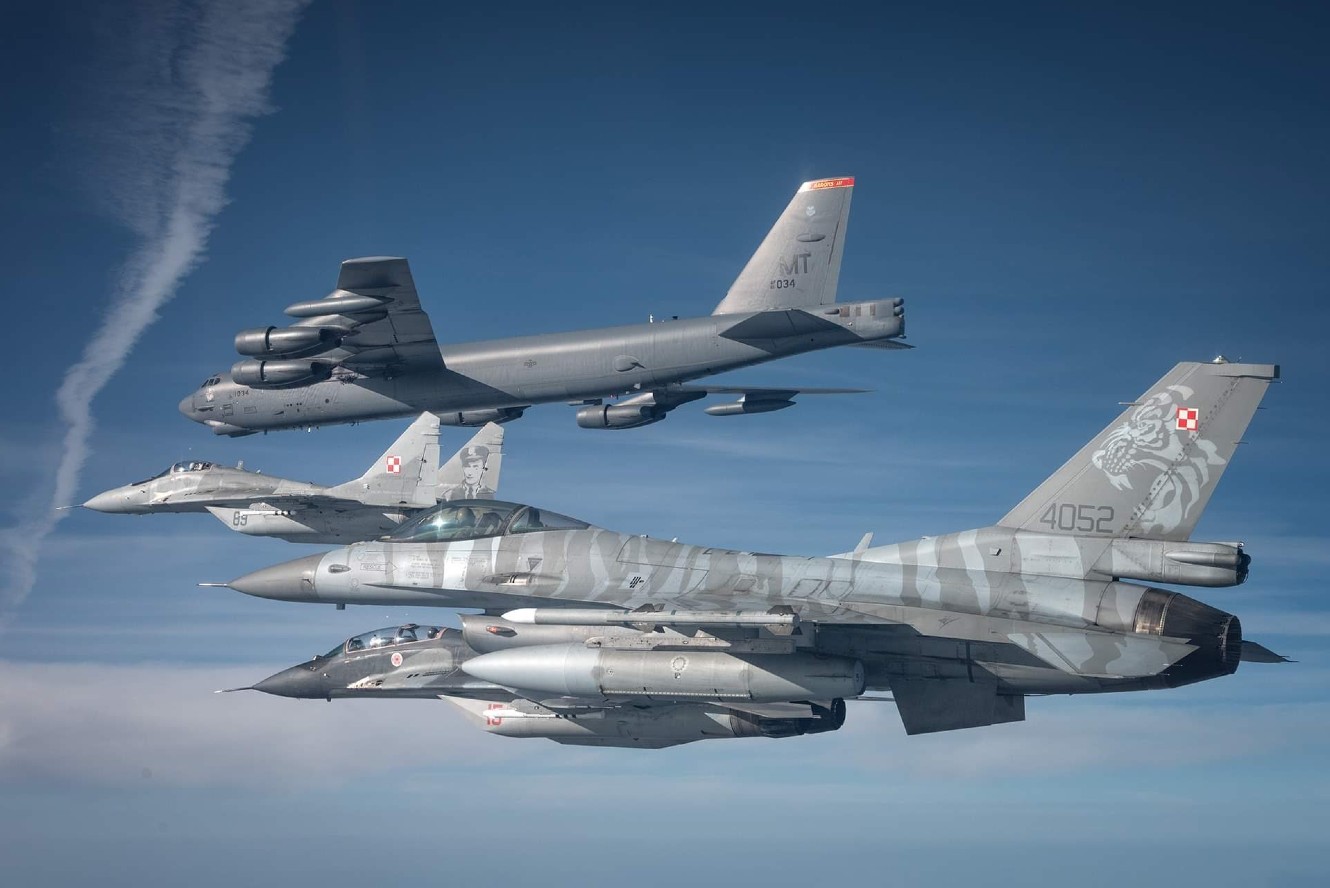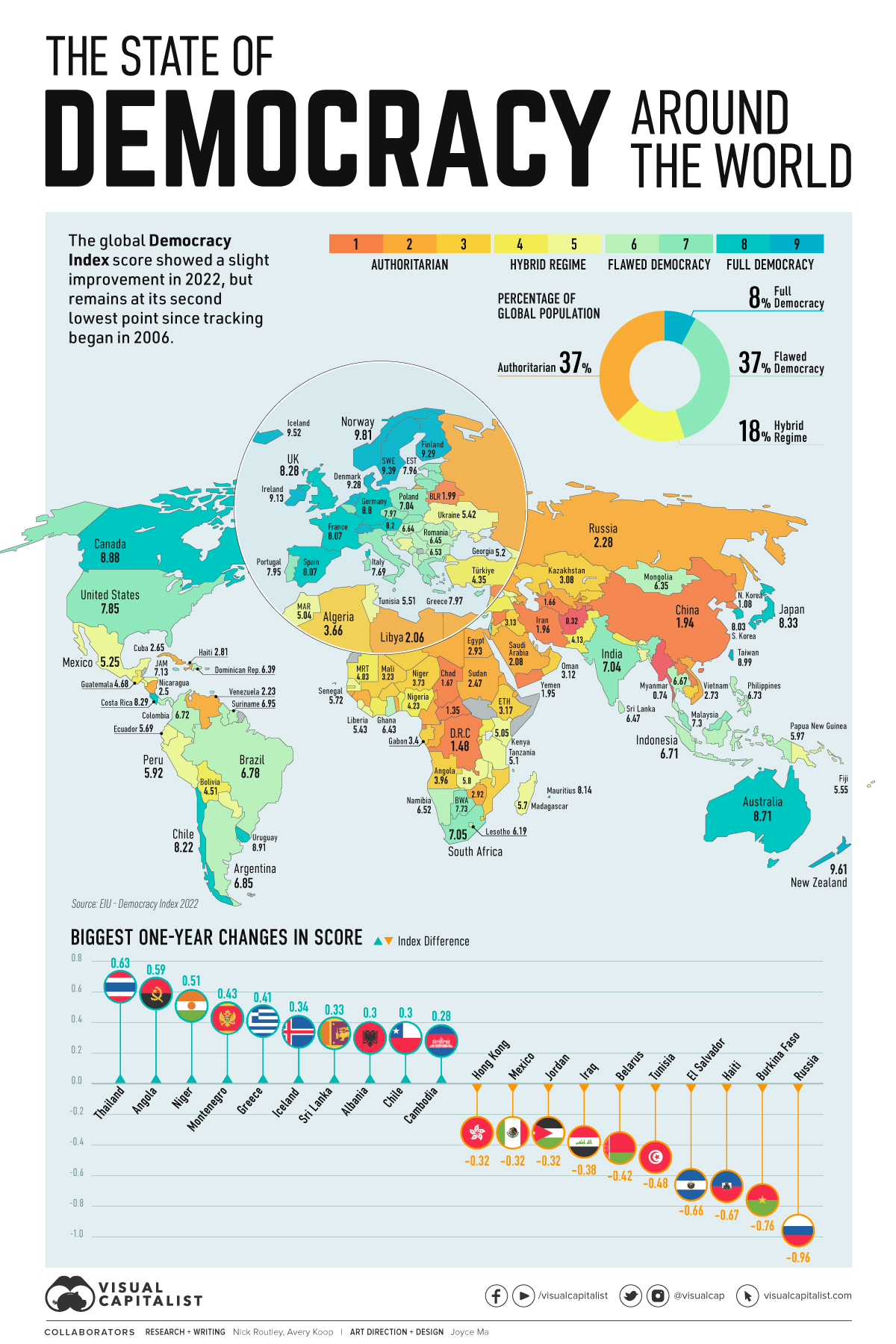Bring Back the Hedgehog
Finally, NATO should bring back its “hedgehog defense.” Like the hedgehog – a peaceful creature until attacked – the Cold War concept of “active defense” held the promise of deterring attack while minimizing the security dilemma associated with force build ups. It had three
elements: covering forces, designed to ambush and disrupt the lead elements of an invading army; “defense in sector,” using natural terrain to channel the advance and attrite enemy forces; and counterattack to regain lost territory and target rear echelon forces. This concept later evolved from “linear” towards “maneuver”
defense, exploiting new technology and doctrine (including the U.S. “
AirLand Battle” concept). NATO military planners should update active defense from
first principles, accounting for Russia’s own
active defense concept. Several initial ideas are worth considering.
One idea for developing covering forces is “
confidence building defense,” a late Cold War concept that balances between deterrence and provocation. It advocates a “spider in the web” of dispersed, highly mobile assets, with the option of quickly scaling up through prepositioned equipment and logistics. These could include the anti-tank weapons, portable drones, and artillery that have been exploited by Ukrainian armed forces for defense and counterattack. A
recent study by the Center for Strategic and Budgetary Assessments suggests modern guided rockets, artillery, and mortar systems (G-RAMM) could “significantly expand the geographic areas where Russian forces could face lethal threats like those they experienced in northern Ukraine.” Going further, the authors advocate a Baltic “mini A2/AD” strategy to overturn Russia’s offensive advantage of proximity by impeding access through G-RAMMs and short- and long-range air defense systems.
Long range precision strike would also enable targeting in depth in support of counterattacks, although their expense may require larger allies to provide or field them. A cheaper option may be the so-called “
stay behind forces” developed by NATO during the Cold War using special forces and non-military clandestine units. To this end, an
Atlantic Council report calls for expanding U.S. and European special operations forces activities, while the Center for Strategic and Budgetary Assessment authors recommend establishing a new NATO Special Warfare Centre of Excellence in Estonia. More broadly, they argue a new NATO operational concept for “
follow-on forces attack” could contribute “
significantly” to deterring Russia.
Such a concept should include what Eisenhower
called, the “very considerable sea and air power” possessed by NATO allies. In the air domain NATO should upgrade its existing air policing mission into an
integrated air and missile defense mission. The air defense mission would require increasing the capacity of the
multinational force that runs the NATO air policing missions in the Baltic states, Poland, Romania, and Hungary, while updating pilots’
rules of engagement in anticipation of a more assertive Russian posture. However, the bulk of air contributions to active defense should be based in Western Europe
to enhance survivability for counterattack missions. The missile defense mission would require deploying more medium- and long-range air defense systems to the region — for example increasing the number of Patriot or National Advanced Surface-to-Air Missile systems deployed to Poland and the Baltics. Integration could be achieved through the existing framework of NATO’s
Integrated Air and Missile Defence System.
As for the contribution of NATO’s maritime forces, one study
advocates increasing the number of Standing NATO Maritime Groups from two to five to bolster NATO’s ability to patrol and secure its territorial waters, from the Baltic Sea to the Black Sea. The
constant presence of the U.K.-led
Joint Expeditionary Force in the Baltic Sea also adds another layer of deterrence and should be enhanced — especially now that its
headquarters has been deployed to the region. NATO’s maritime defense in the Baltic Sea region will also benefit from the addition of Finland and Sweden to the alliance. Maritime forces can also render NATO’s counterattack ability more potent through precision strike munitions launched from above and below the surface.
The final element in a new hedgehog defense for NATO is to deter so-called
hybrid threats below the threshold of armed attack. These
have been described as the modern Fulda Gap, or Russia’s most likely axis of attack. As NATO’s new concept points out, threats have proliferated in kind across space and cyberspace to encompass “the coercive use of political, economic, energy, information and other hybrid tactics.” Although a military alliance, NATO’s resources go far beyond conventional military capabilities, including sophisticated capabilities in
strategic communications,
information operations,
cyber defense,
offensive cyber, and counter-hybrid warfare
teams. Here NATO would benefit from closer coordination with the
European Union and the
European Centre of Excellence for Countering Hybrid Threats based in Helsinki to spread best practice in Cold War style “
total defense,” particularly as Finland and Sweden both excel in this department. Last month, Estonia’s
largest ever military exercise showed how their reserve forces could operate with forces from ten NATO allies to put total defense into action. Its name? Exercise Hedgehog.
Just as during the Cold War, NATO’s challenge will increasingly be to deter all forms of aggression at once: sub-threshold, conventional, and nuclear. To meet the level of ambition agreed in its new strategic concept, NATO should revitalize deterrence by sharpening its sword, boosting its shield and bringing back its hedgehog defense. Madrid was an important point of departure for NATO, but the alliance’s journey toward stronger defense and deterrence has only just begun.


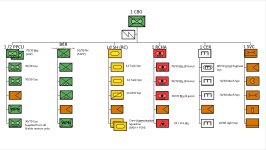
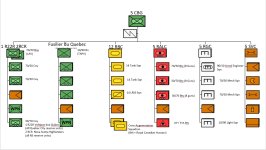
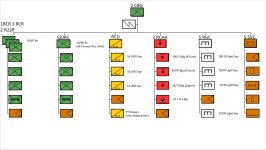

:quality(70)/cloudfront-us-east-1.images.arcpublishing.com/archetype/XVKRSI6D35BFVOZCSZA6WXLYIY.jpg)

